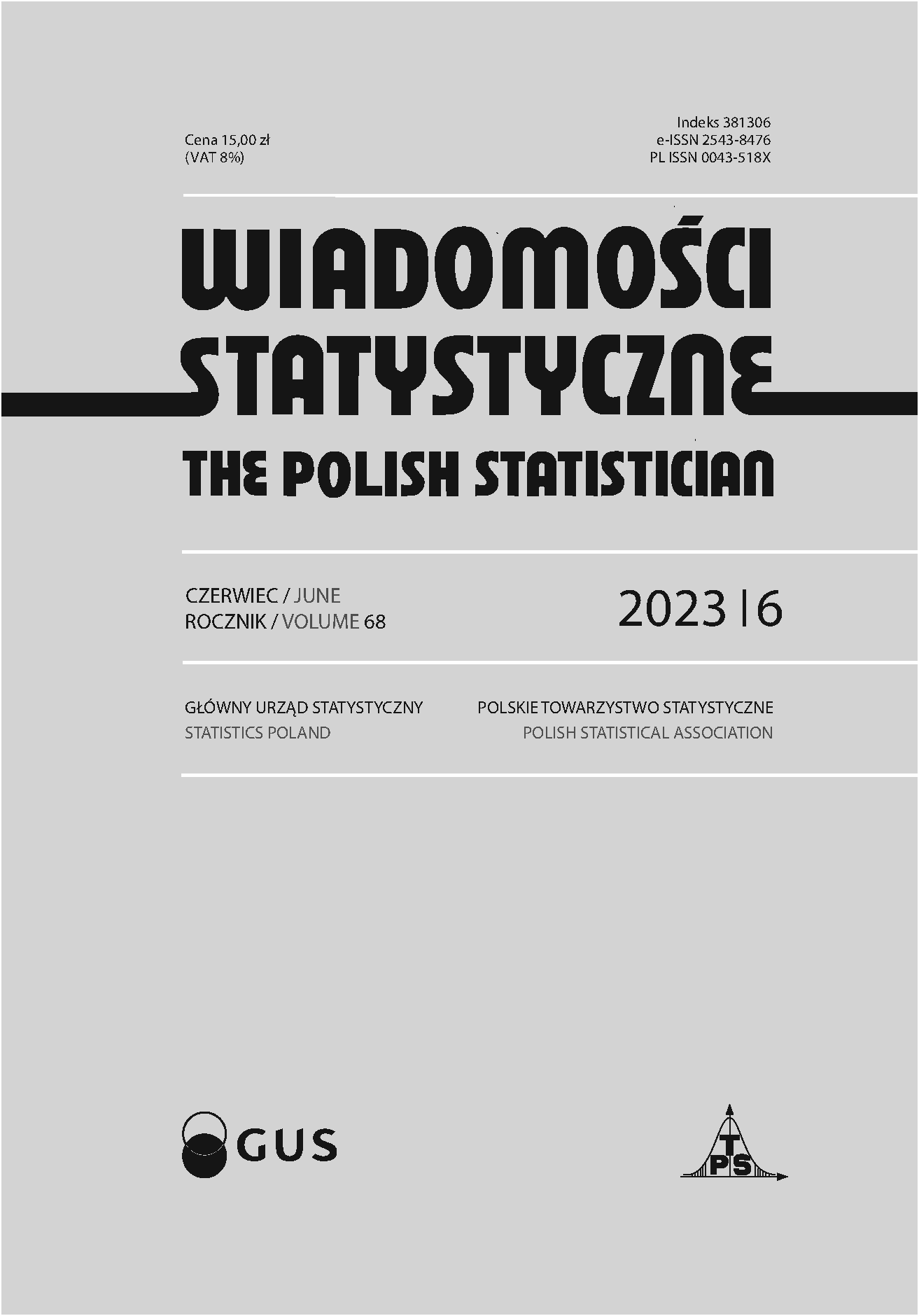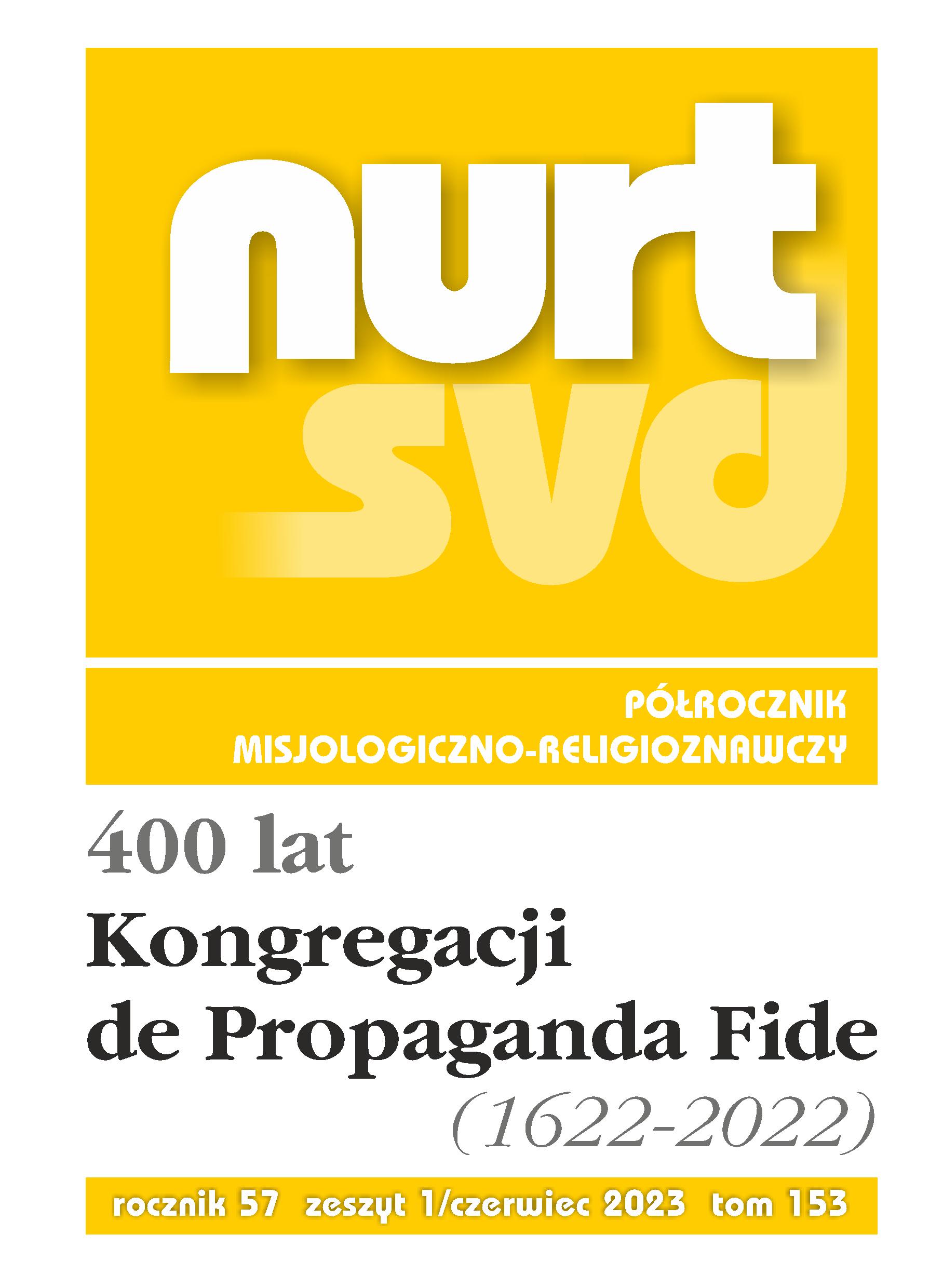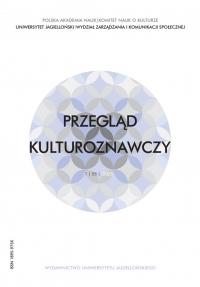
The Policy of the USSR and the III Reich Towards the Polish Elites during the Second World War
The Policy of the USSR and the III Reich Towards the Polish Elites during the Second World War
Keywords: USSR; III Reich; Polish Elites; Second World War
The objective of the paper is to present both the character and specificity of the policy followed by the German Nazi occupational authorities against Polish elites, and the intelligentsia in particular. Hostility towards the intelligentsia of a nationality other than that predominant in a given nation state is by no means a unique phenomenon, as it accompanied the emergence of nation states throughout the nineteenth century. It was also visible when these states re-emerged or had their borders redrawn following World War I and II. Therefore, this particularly hostile attitude towards the elites, evident also in Poland, had a deep-rooted tradition – all the more understandable as it stemmed from the fact that the intelligentsia had always been the kernel around which nations and nation states developed, as it had the strongest sense of national identity.
More...




